Linus Tech Tips has decided to join the party about the saga between RED and Jinni Tech (or vice versa). Linus disassembled its own 960 GB Mini-Mag, to investigate and get some answers. Read below their conclusions and insights.

Regular SSDs in a fancy RED wrapping
As Jinni Tech demonstrated, the components of the RED Mini-Mags are consumer-based off the shelf SSD. There is nothing special about this one. However, Linus says that it shouldn’t be a surprise to anyone since he was mentioning the same two years ago. Linus called it:” Regular SSDs in fancy RED wrapping.”
Watch the video below from 2017:
Anyway, Linus says that although there are some valid arguments in JinniTech’s claims, it seems that this is more like a smart marketing maneuver of Jinni Tech to put pressure on RED and to sell their own products.
Let’s put Jinni Tech arguments to the table as Linus sees them:
- The number of media cards that failed: Jinni Tech claims that RED Mini-Mags tend to fail rapidly. However, this claim is without any empiric evidence (=numbers), as we don’t know the percentage of failed cards. (even if there are 1000 failed cards and 100,000 were sold, there is no significance here (statistically speaking) regarding product quality or validation.
- RED Mini-Mags are made outside the USA: That’s again a non-valid argument since the assembling is done within the USA. Of course, the truth is more complicated than that (from an engineering point of view), and RED should have explained this clearly.
- The “missing gigs” (480GB vs. 512 GB): Those gigs are not missing but are located in the SSD as a spare: Linus emphasizes that the RAW capacity of 480 GB is 512 GB. It’s a manufacturing methodology called “Spare area” for improving card performance. That’s how storage works. Jarred mentioned that on his statement, and he is right. BTW, the Micro SD on your mobile phone works the same with a defined amount of “Spare area.” RED had to tell users about the real capacity (not including the “Spare area”).
- The RED Mini-Mag is consumer-based off the shelf SSD: That is true. Indeed the RED Mini-Mags are just a low-cost model SSD.
- What about RED’s firmware? Is that special as RED claims? First, Jinni Tech is right that the Mini-Mags contain standard firmware. However, the Mini-Mags might contain more layers of un-standard firmware baked in.

RED is not innocent either
- RED claims that they spend millions on R&D.: That’s a very true statement. Developing special and unique codec and camera devices are incredibly complicated and expensive. However, Linus claims that this is not true regarding the designing of the Mini-Mags, as this card uses nothing but a standard SATA interface. Others spent those millions of R&D and not RED.
- RED repacked commodity products and marketing them up ten times is a cunning business plan: True but legal because no one is forcing you to buy its products.
- RED free service of recovering failed media is an “ass-backward solution”: That’s a bad strategy by RED. The company prefers to put a bandage instead of trying to solve the redundancy issues of these cheap cards. As stated by Linus: “RED determined that putting your footage at risk is worth it compared to the cost of engineering a raid-one Mag solution”.

RED determined that putting your footage at risk is worth it compared to the cost of engineering a raid-one Mag solution
Linus Tech Tip
Watch the video down below:
Final thoughts
First, we need to thank Jinni Tech for enlightening us about the RED (Magic) Mini-Mags. We’ve learned a lot on the way, and that’s a real educational bonus. Second, RED should return to work and improve their media reliability and develop redundancy solutions to its storage. Now is the time to navigate those R&D resources straight to the media and storage apparatus. Regarding the price, RED has already dropped the price by more than 20% on its 480GB and 960GB Mags. However, it’s not enough, since as explained, the price is not the major issue here. RED has to get back to the planning table and design a much more robust media (storage wise) solution for its professional cinema cameras.

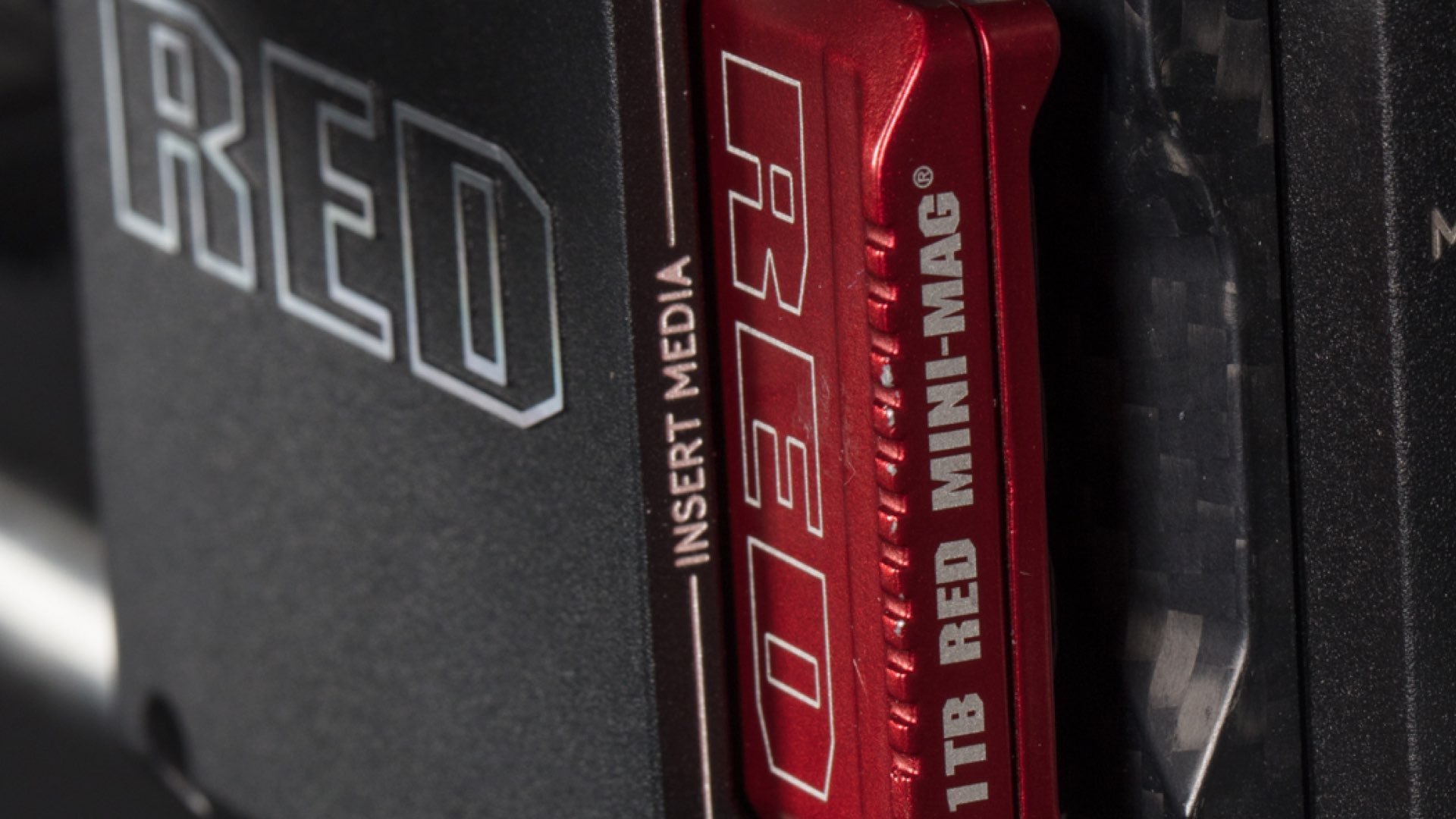
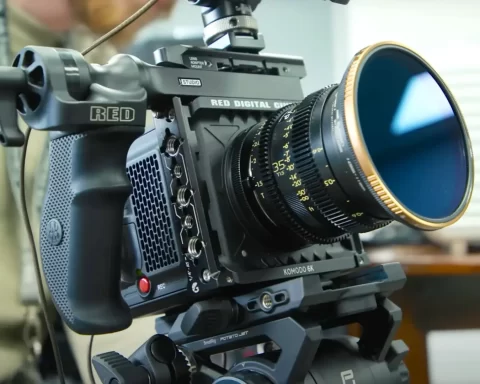




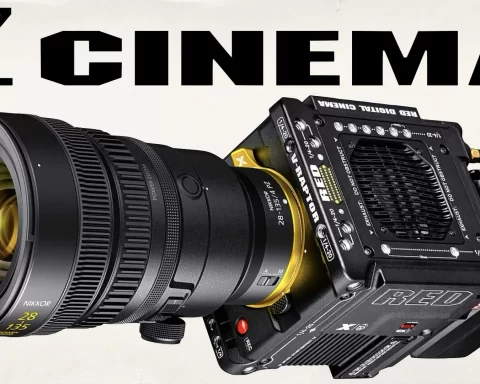






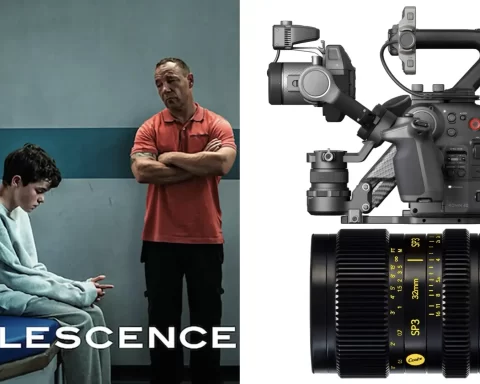
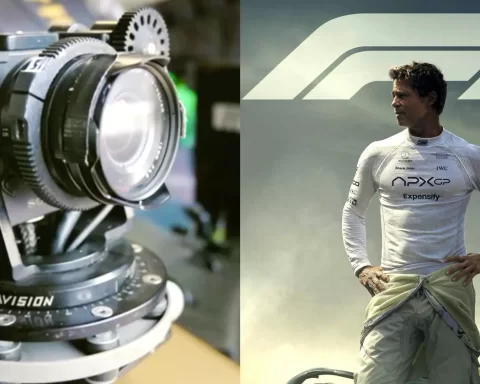


it’s gone viral thanks to Jinni Tech. Had they done a more quiet and well balanced video about it all, nothing would have come of it. The fact they made it more “shocking” got it out there got it discussed. As LTT point out about the single point of failure & the “free recovery” because its not mirrored its a bit of a kludgy work-around. For the money RED are charging, i would have expected only the finest binned samsung SSD’s to be in there. Not some cheapo brand X.
Red misled their customers with vague statements about their mini-mags being superior quality to generic ssds when they are using the same generic ssds. Its nice how they also talk about how they are for the indie film maker when they literally taking more money than that should for their “product” (their case with major components from elsewhere)
[…] video, trying to dive into the inner parts of RED Digital Cinema company. We have written about the saga between RED and JinniTech before. However, we are going to focus on the exciting topics of the video concerning the […]